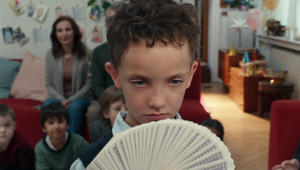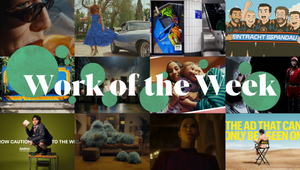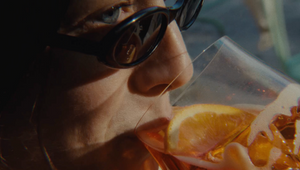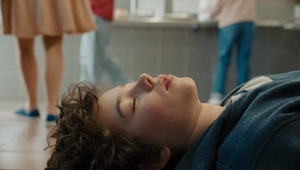
The Never-Ending Party: How Just Dance Tapped Into Our Universal Love for Dance
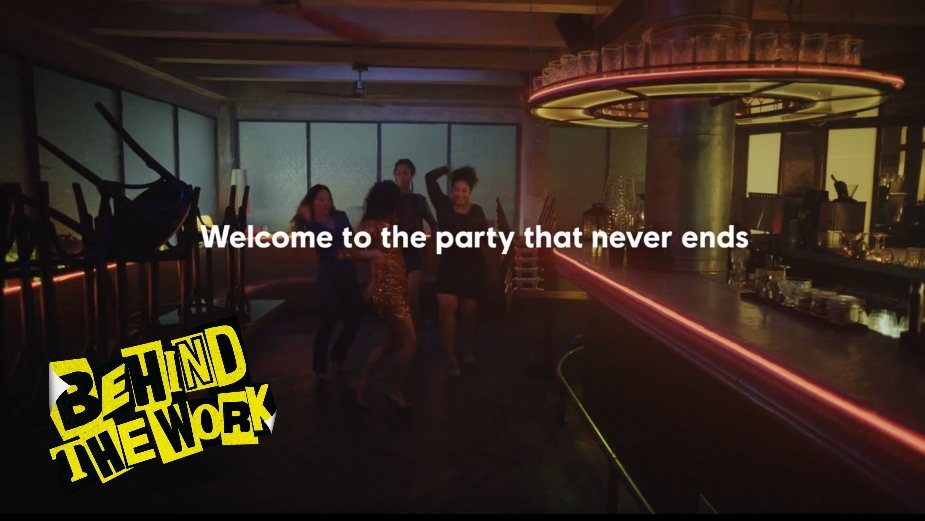
For many, dance is so much more than just a fun activity, it is a creative way to express yourself. Whether you're a beginner or a seasoned dancer, whether you're in Europe or the Middle East, dancing is universal and is enjoyed by humans worldwide. So it is not surprising that Just Dance is one of the most commercially successful and iconic video games in the industry, a game that has been enjoyed by countless across the globe for many years.
This year, for the launch of its 2023 Edition, Just Dance decided to try something new - a campaign different from all its previous projects. For the first time in many years, the game is getting a major upgrade, renewing the platform and including brand new features. This is a turning point for Just Dance and one that the creatives at DDB Paris made sure to acknowledge in the making of this campaign. As part of a pitch, the creative team decided to focus on creating something authentic and faithful to the brand but new. The result was the 'party that never ends.' The concept is backed up by all the new additions and personalised content introduced in Just Dance’s new, 2023 platform. Offering new events all year long, a constantly updating track list, and a new online mode allowing you to find a dance partner anytime, anywhere. In terms of message and execution, the campaign stands out from previous Just Dance ads too.
Dance campaigns are typically flashy, big and expressive. With this campaign however, the team decided to do the opposite, releasing three spots that are very minimalistic in style, casting and filming. Directing the spot, Wacho, represented in France by the production company Eddy, focused on visual comedy for the campaign and “pushing the ordinary towards the absurd,” they say, gaining inspiration from film directors like Ulrich Seidl, Roy Andersson or Yorgos Lanthimos who have showcased that style in their previous works. Featuring ordinary people with average-level dance skills, the spot includes lengthy shots in each scene to feel long and, like the concept for the spots, endless. “That’s how we came up with the idea of working each scene as an independent film and to make them work with as few shots as possible,” say Wacho.

Photo by Luis Armando Arteaga
The minimalistic approach did not stop there, it carried on in the lighting, style and sets as well, showcasing an obvious contrast between things like the characters’ energy and the atmosphere of the situation they were in. And so, a simple and minimalistic execution that simply focused on the joy expressed through dance was the way to go. “Dance wasn’t created by Just Dance, but Just Dance observed and understood people who love dancing. This is their game.” say DDB Paris creative directors Benjamin Dessagne and Stephane Santana.
Typically, traditional dance campaigns also feature a lot of professional dancers with advanced dancing skills and capabilities. These spots however focus on showcasing ordinary people with basic dance skills, simply having a fun time, as opposed to celebrities or complex choreography. This goes with the minimalistic approach and their idea of the ‘endless dancers being anyone,’ from family members to friends to neighbours down the street, everyone dances. The idea was to stick to this reality and present a true portrayal of real people in real situations because dancing is not limited to a group, it is for everyone. “Just Dance is more about having fun than showing off your skills. And the fun you might have does not necessarily rely on your dancing capabilities,” say Benjamin and Stephanie. The focus was not on skill and talent but rather the passion and unique way we all express ourselves through dance. “We wanted to move away from choreographic dancing, and try to capture the universal love for dancing, with its differences and imperfections,” add the directors Wacho.

Photo by Luis Armando Arteaga
And just like any creative work, there were many challenges, with things like music and lighting sometimes making or breaking a specific work. For example, some of the scenes the creatives came up with in the initial process didn’t make it into the final campaign. One was a scene in which the cops were evacuating a party in a house full of teenagers that would keep on dancing while leaving the place. “Some markets didn’t relate to that execution,” say the creative directors.
The agency understood from the very beginning that it was easy for the campaign to miss the mark and end up extremely cheesy. This is why they were adamant on finding the right director who was able to express the right tone and succeed in representing the work, and Wacho was the right match. “Wacho have done a tremendous job to make things funny and relatable in each scene and highlight the contrast between the party that goes on and the context that suggests it’s supposed to be over,” say Benjamin and Stephanie. “Their choice of casting and art direction was also the right balance to have this campaign everyone can relate to without being too flat.”
Of course, music played a big part in the challenge too. “Changing the music in some of the scenes could have totally killed the mood,” say the creative directors. The campaign includes a range of people from different ages such as teenagers, women and young boys, all making the spots feel inclusive and representative to various groups.









